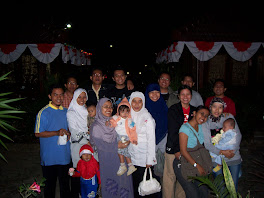

Desktop
| Windows | Linux | Notes | |
|---|---|---|---|
| Desktop Market Share | As of May, 2007 93%[9] | As of May, 2007 0.7%,[10] often used in dual-boot computers | According to W3C, May 2006, judged by web traffic on a technology site.[11] |
| Pre-installation | Pre-installed by default on almost all new desktop PCs | Pre-installed by default on very few new desktop PCs. However, Ubuntu Linux is now available on some Dell and System76 computers, and SUSE Linux on some Lenovo ThinkPads[12]. | Microsoft's agreement with vendors to sell only the Windows operating system is being challenged in court by French consumer rights groups.[13] |
| Window Managers/Desktop Environments | Only one available WM per release, parts of which may be modified; third party software such as WindowBlinds is required for some modification; critically required to operate the system (graphics system failure will render the system unusable); remote control not part of original architecture. | GNOME, KDE, Enlightenment, Xfce, Openbox, Fluxbox, etc. may be enhanced with Beryl or Compiz. Not critical to operate the system (reverts to command line operation in case of failure); remote control implicit in design and protocol. | Different Window managers provide users with a uniquely different method of interacting with the computer, though sometimes at the cost of compatibility. |
| System consoles/Command line interface | The Command Prompt exists for power users. A new .NET based command line environment similar to that provided in Unix-like operating systems called Windows PowerShell has been developed. Currently, Cygwin provides a UNIX-like terminal for Windows. | Strongly integrated with system console. All applications can be scripted through the terminal, there are a lot of small and specialized utilities meant to work together and to integrate with other programs. This is called the toolbox principle. The command line can be used to recover the system if the graphics subsystem fails. | Sumber : www.wikipedia.org |

Tidak ada komentar:
Posting Komentar